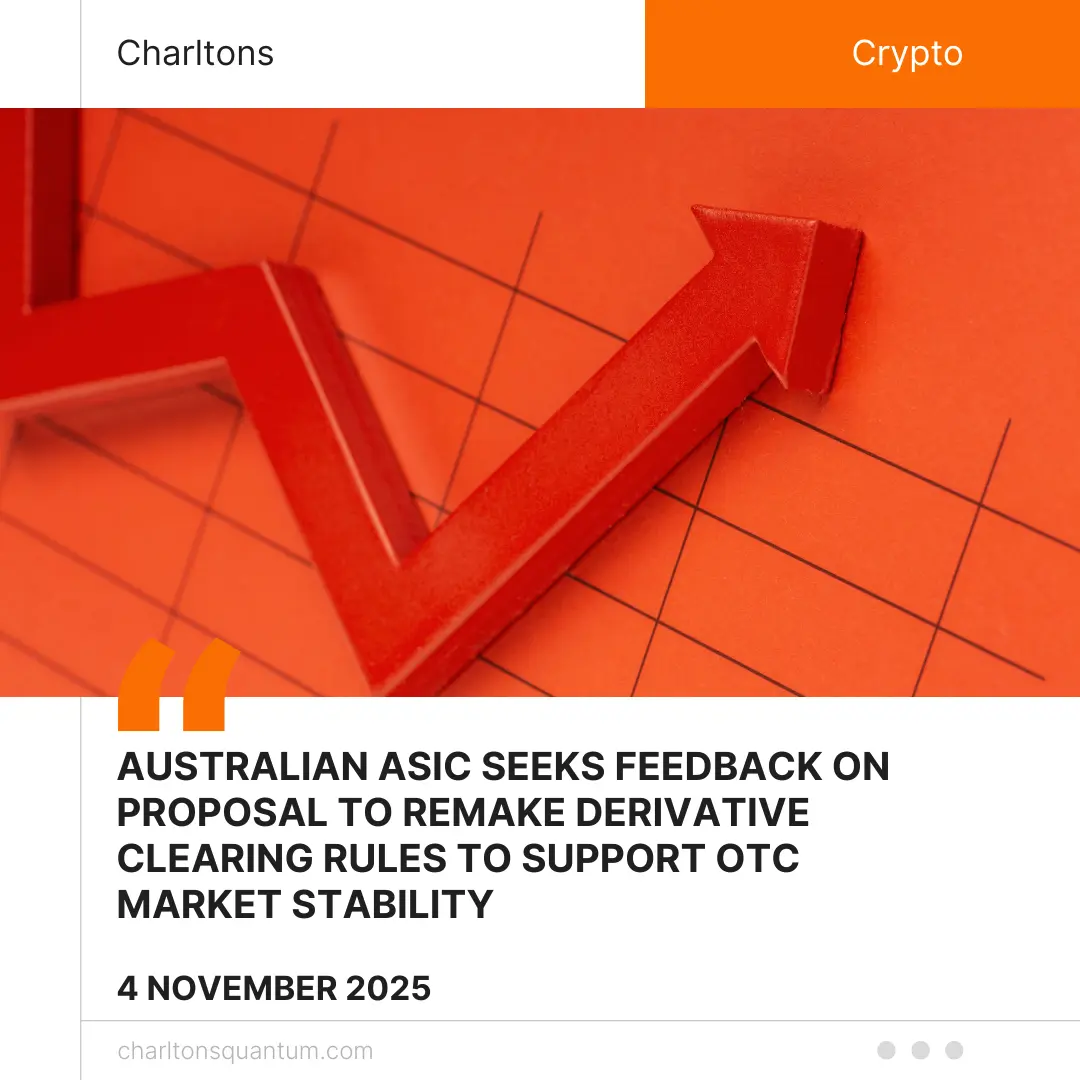
On 12 May 2025, US SEC Commissioner Caroline A. Crenshaw delivered a speech at the United States Crypto Task Force Roundtable on Tokenisation in Washington, D.C. Titled “Tokenisation: Our Field of Dreams?,” her remarks critically examined the enthusiasm surrounding blockchain-based tokenisation of securities, drawing parallels with the film Field of Dreams to question whether building a tokenised financial system will deliver promised benefits.
Commissioner Crenshaw’s speech casts a cautious eye on the push to integrate tokenisation into the securities markets, questioning its definition, technological feasibility, and regulatory implications. She highlights ambiguities around whether tokenisation involves issuing securities directly on a blockchain or creating digital representations, and whether it encompasses the entire securities lifecycle. Crenshaw challenges the assumption that tokenisation will enhance market efficiency, particularly through instant settlement, arguing that the current settlement cycle supports critical functionalities like netting and fraud prevention. She urges US SEC to remain technology-neutral, avoid picking winners, and ensure that regulatory changes are proportionate to the limited adoption of crypto assets, safeguarding the traditional financial markets that serve most Americans.
Tokenisation, the process of representing securities as digital tokens on blockchain networks, has garnered significant attention for its potential to streamline financial markets. Proponents argue it could enable faster trade settlement, reduce counterparty risks, and increase liquidity. However, despite blockchain’s long-standing presence, its adoption for registered securities remains limited, with only niche use cases emerging. The SEC, tasked with overseeing the U.S. capital markets, faces pressure to adapt its regulatory framework to accommodate tokenisation while preserving investor protections. Previous SEC actions, such as shortening the settlement cycle to T+1, reflect efforts to modernise markets, but tokenisation presents unique challenges due to its reliance on unproven technology and its divergence from established market infrastructure.
Crenshaw’s speech aims to temper the optimism surrounding tokenisation by urging regulators and market participants to critically assess its practical and regulatory implications. By invoking the Field of Dreams analogy, she questions whether the US SEC should “build” a tokenised system on faith that market participants will embrace it. Her remarks seek to clarify the scope of tokenisation, evaluate its technological readiness, and ensure that any regulatory adjustments align with the US SEC’s mandate to protect investors and maintain market stability. Crenshaw also shows the need for evidence-based policymaking, cautioning against systemic changes that could disrupt the traditional financial markets relied upon by most U.S. households.
Crenshaw in her speech identified and discussed several issues which complicate the adoption of tokenisation. The lack of a clear definition, whether it involves direct issuance on a blockchain or digital representations, and whether it spans the entire securities lifecycle, creates regulatory uncertainty. She questions the technological feasibility of tokenisation, noting that public permissionless blockchains face scalability limitations, making them unsuitable for high-volume securities like Fortune 500 stocks. Private blockchains, while potentially more scalable, may not differ significantly from existing database technologies, raising doubts about the need for regulatory adjustments. Crenshaw also challenges the purported benefits of instant settlement (T+0), arguing that the current T+1 cycle supports netting, which reduces trade volumes by 98%, enhances liquidity, and enables fraud prevention. She highlights potential disadvantages for retail investors, who rely on delayed payment options, and notes that compliance activities during the settlement cycle are critical for investor protection and national security.
Rather than proposing specific solutions, Crenshaw advocates for a cautious and evidence-based approach to tokenisation. She urges the US SEC to remain technology-neutral, avoiding preferential treatment for blockchain over other distributed ledger technologies. Regulatory efforts, she argues, should be proportionate to the crypto market’s limited reach, estimated at less than 5% of U.S. households, and avoid disrupting the traditional financial markets. Crenshaw calls for rigorous scrutiny of tokenisation’s technological capabilities, particularly its ability to handle high-volume securities trading. She emphasises the importance of preserving market functionalities like netting and compliance checks, suggesting that any move toward instant settlement must address these mechanisms’ benefits. By engaging with stakeholders at the roundtable, Crenshaw seeks to gather insights to inform a balanced regulatory framework that supports innovation without compromising market stability.
Commissioner Caroline A. Crenshaw through her speech established that tokenisation, whether as native on-chain issuance or blockchain-based representations of existing securities remains ill-defined, under-tested, and potentially disruptive to core market mechanisms like netting, liquidity management, investor access, and post-trade compliance. Drawing from analogies in Field of Dreams, she warned against speculative infrastructure redesign without first validating use-case efficacy, scalability, and statutory alignment.





